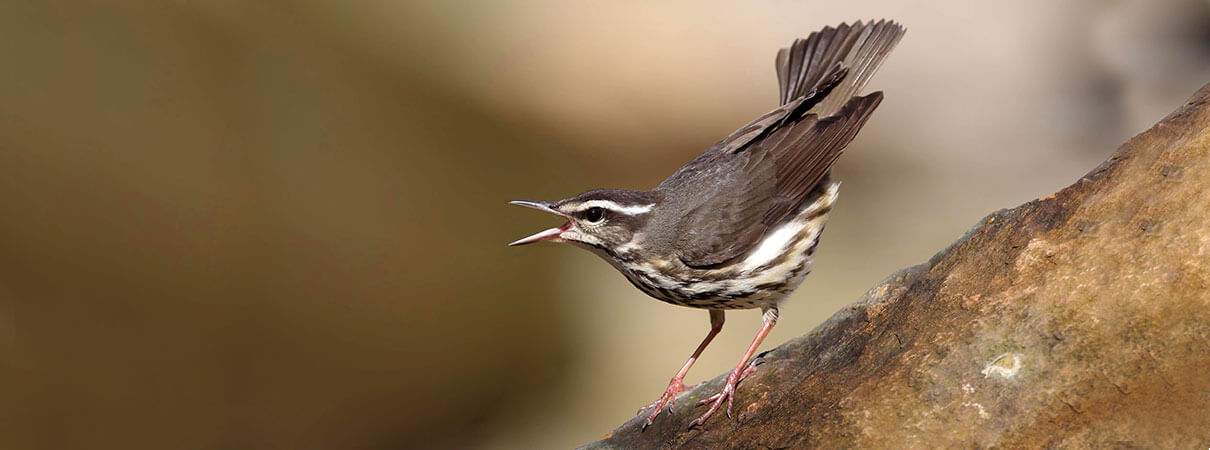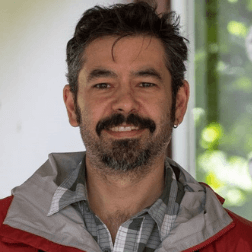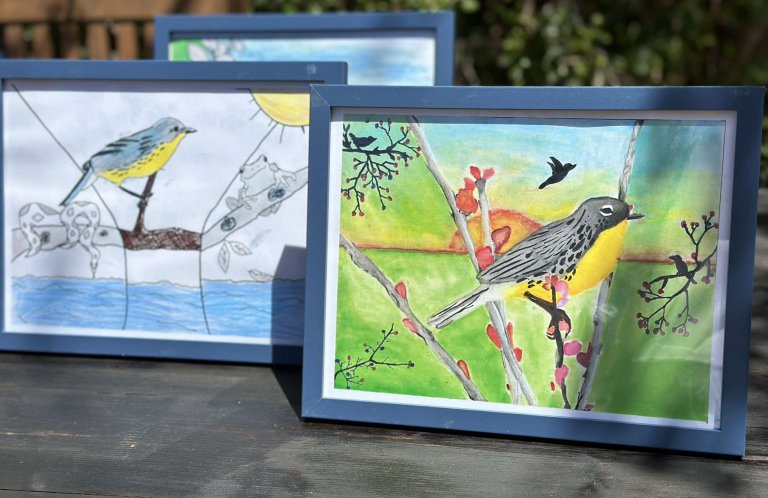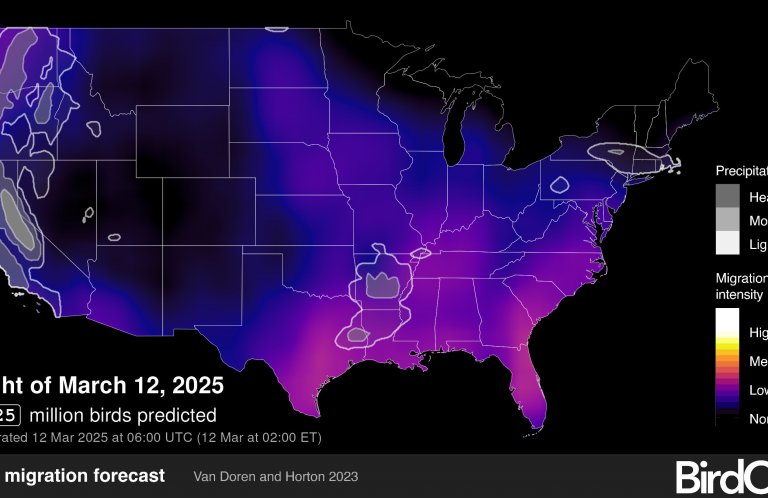Tagged Songbirds Link Appalachians and Nicaragua
Louisiana Waterthrushes and Wood Thrushes are now singing on eastern forest territories, but nanotags tell us where else they've been. In January and February 2020, with support from the Pennsylvania Game Commission, researchers from ABC and the El Jaguar Reserve in Nicaragua deployed 20 of the tiny transmitters on birds of these two species, in hopes of monitoring them via the growing Motus Wildlife Tracking System.
“Motus” means movement or motion in Latin, a fitting name for this international radio-telemetry-monitoring network of more than 750 receiving stations, headed up by Birds Canada. In 2019, with funding from the Missouri Department of Conservation, ABC helped install a Motus receiving station in northern Nicaragua at El Jaguar — one of only a few in Central America. These receiving station/tag systems are helping scientists learn more details about Neotropical migrants' movements, knowledge that will boost efforts to conserve them.
All told, ten nanotags were placed on Wood Thrushes (WOTH) and 10 on Louisiana Waterthrushes (LOWA). Initial analysis of spring and summer 2020 data showed detections of five of the thrushes and three of the waterthrushes in the U.S. during migration and the breeding season. This includes one LOWA in Pennsylvania, and multiple hits of WOTH in Pennsylvania, Maryland, New York, Ohio, and North Carolina.

The data still require further vetting to ensure accuracy, but preliminary results indicate that for both species, there is a likely connection between forests in the Appalachian Mountains Joint Venture, a conservation coalition including ABC that spans a dozen states, and the Nicaragua Highlands, an ABC-declared BirdScape. Funds for these efforts came from Pennsylvania, via the Southern Wings program, which links state wildlife agencies with projects in countries where declining northern nesters winter.
Fall and winter data have yet to be analyzed, but one LOWA that was tagged in 2020 was recaptured in a mistnet at El Jaguar Reserve in February 2021. This bird successfully completed its annual migration north and then returned. Unfortunately, Motus towers did not detect this bird's movements during migration and breeding.
The batteries on all of the tiny waterthrush nanotags are now likely dead, but we expect the larger nanotags on the Wood Thrushes to continue transmitting until summer 2022. We hope to soon have more information on the return of other birds tagged at El Jaguar in 2020, once we upload and process the rest of the data.
 | Andrew Rothman is ABC's Director of Wintering Grounds Conservation. |


















































